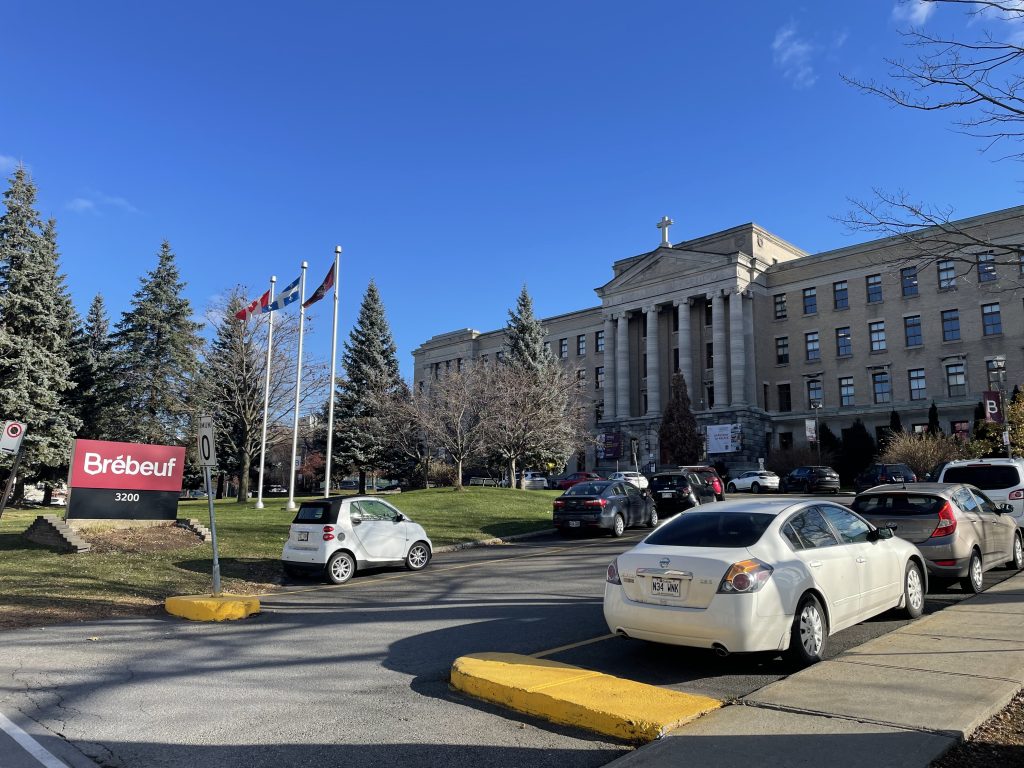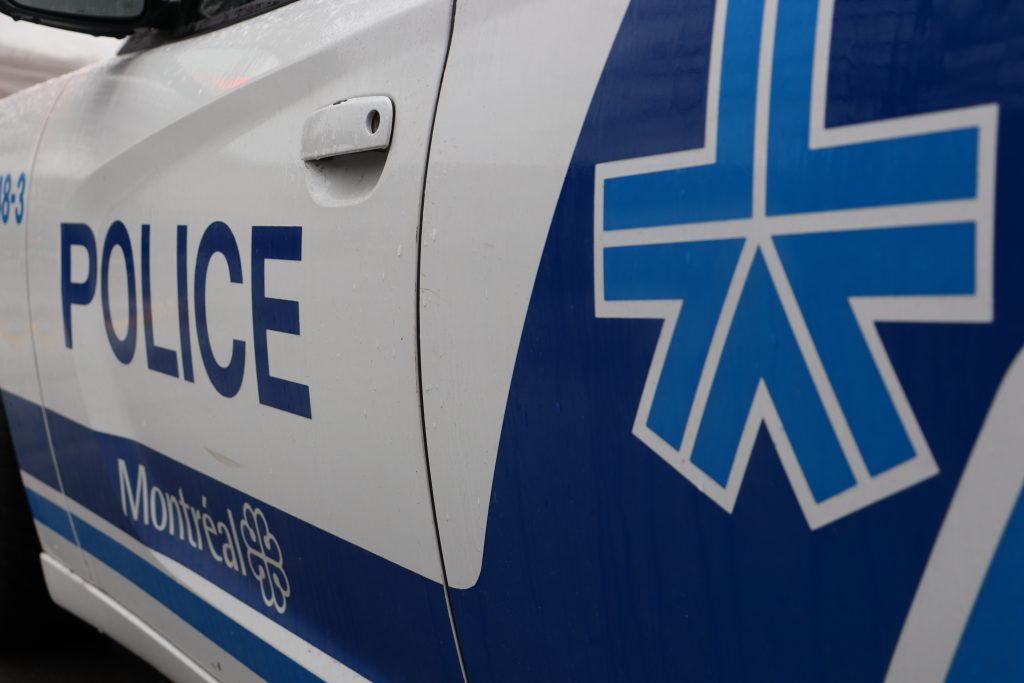Quebec high schools report card, rankings by Fraser Institute

Posted November 20, 2023 1:09 pm.
Last Updated November 20, 2023 6:28 pm.
The Fraser Institute released its ranking of secondary schools in Quebec. The report card looks at different aspects of Quebec’s 468 secondary schools to help parents choose schools for their children.
“Our Report Card offers parents information they can’t easily get anywhere else about their child’s school and how it compares to other schools across Quebec,” said Yanick Labrie, a senior fellow at the Fraser Institute.
The data for the 2023 report card is based on provincial testing in French, English, science, and math throughout the 2021-22 school year.
“We thought that the pandemic would, you know, you know, would be difficult for a lot of schools, but overall what we’ve noticed is that, you know, results are quite great. There is no significant downward trend in any subject over the last five years,” said Labrie.
The report looks at indicators like average marks, rates of exam failure, and graduation. Labrie says rankings among English schools saw a particular increase in 2022.
The top private high school was Collège Jean-de-Brébeuf in Montreal, and the top public Collège Saint-Louis – also in Montreal.
Two English Montreal School Board schools made the top public ranking, Royal West Academy at number five and Vincent Massey at number seven.
In 2021-22, the report found that 45 schools from Magdalen Islands and Havre-Sainte-Pierre on the north shore to Saguenay and downtown Montreal saw significant improvements from the previous report card. Whereas another 38 schools in the same areas saw a decline in performance.
“Whether it’s a private or public school, it doesn’t matter. We see that improvements are possible almost everywhere in every region and every type of school,” said Labrie. “Our school rankings prove that improvement is possible in every corner of the province, in every type of school serving every type of student.
“The rankings empower parents to make informed choices about where they send their child to school, and parents can also use these rankings to learn about their child’s school, and when necessary, ask the principal how he or she plans to turn things around.”
Between 2016 and 2022, had one of the best improvements in the province moving from a 2.4 out of 10 to a 5.1 out of 10. This was highlighted by the Fraser Institute due to the fact that nearly half of the school requires special needs education.
Other top-improving schools include Fernand-Lefebvre in Sorel-Tracy, Jeanne-Normandin in Montréal, Bon-Pasteur in L’Islet, Père-Marquette in Montréal, Casavant in Saint-Hyacinthe, de L’Érablière in Gatineau, Hormisdas-Gamelin in Gatineau, Augustin-Norbert-Morin in Sainte-Adèle, and de L’Érablière in Saint-Félix-de-Valois.
Among the top English public high schools — Royal West Academy — as well as Vincent Massey Collegiate and Royal Vale. But Michael Cohen, spokesperson for the English Montreal School Board says rankings don’t quite represent the full scope for Royal West.
“Hundreds of kids apply to that school and they’re able to accept for Grade 7 under 200, so it’s a very select number of students that get in so naturally their exam results are going to be much higher than the average school. The same goes for Vincent Massey Collegiate,” said Cohen.
“There’s entrance exams, people apply to go into those schools. So obviously, you know, there’s a different caliber of student. The majority of our schools don’t have that criteria and anybody can go if there’s room. That means there could be students in school X or student or school Y who have special needs. And obviously, if you have a number of special needs students in a school, it’s going to impact the overall average in the different courses.”
Despite a lack of more detailed comparisons, one factor that is examined by the Fraser Institute is the gender gap. And Labrie says it’s this kind of data we must look at if we want continued improvement in Quebec’s school system.
“The gap is widening and it favors girls over boys. And just to give you a sense of, you know, the, the magnitude of this gap at 97 per cent of the schools, female students did better than male students on examination and language of instruction,” said Labrie.
For information on individual school rankings, click here.








